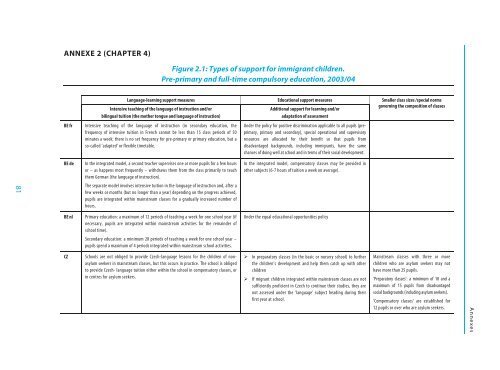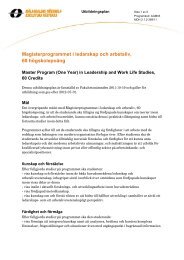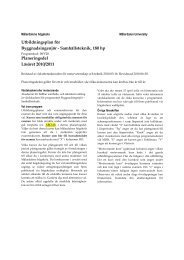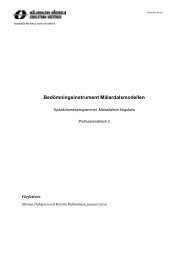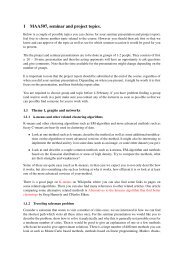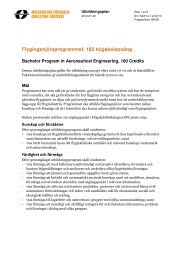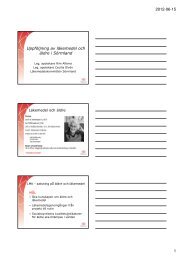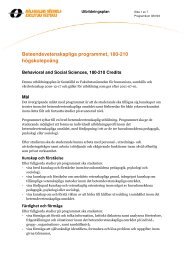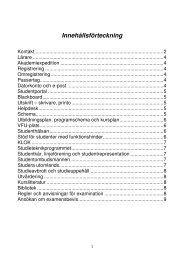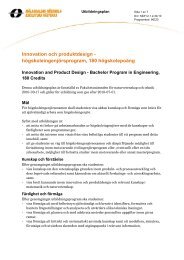Integrating Immigrant Children into Schools in Europe
Integrating Immigrant Children into Schools in Europe
Integrating Immigrant Children into Schools in Europe
Create successful ePaper yourself
Turn your PDF publications into a flip-book with our unique Google optimized e-Paper software.
ANNEXE 2 (CHAPTER 4)Figure 2.1: Types of support for immigrant children.Pre-primary and full-time compulsory education, 2003/04Language-learn<strong>in</strong>g support measuresIntensive teach<strong>in</strong>g of the language of <strong>in</strong>struction and/orbil<strong>in</strong>gual tuition (the mother tongue and language of <strong>in</strong>struction)Educational support measuresAdditional support for learn<strong>in</strong>g and/oradaptation of assessmentSmaller class sizes /special normsgovern<strong>in</strong>g the composition of classesBE frIntensive teach<strong>in</strong>g of the language of <strong>in</strong>struction (<strong>in</strong> secondary education, thefrequency of <strong>in</strong>tensive tuition <strong>in</strong> French cannot be less than 15 class periods of 50m<strong>in</strong>utes a week; there is no set frequency for pre-primary or primary education, but aso-called ‘adapted’ or flexible timetable.Under the policy for positive discrim<strong>in</strong>ation applicable to all pupils (preprimary,primary and secondary), special operational and supervisoryresources are allocated for their benefit so that pupils fromdisadvantaged backgrounds, <strong>in</strong>clud<strong>in</strong>g immigrants, have the samechances of do<strong>in</strong>g well at school and <strong>in</strong> terms of their social development.BE deIn the <strong>in</strong>tegrated model, a second teacher supervises one or more pupils for a few hoursor – as happens most frequently – withdraws them from the class primarily to teachthem German (the language of <strong>in</strong>struction).The separate model <strong>in</strong>volves <strong>in</strong>tensive tuition <strong>in</strong> the language of <strong>in</strong>struction and, after afew weeks or months (but no longer than a year) depend<strong>in</strong>g on the progress achieved,pupils are <strong>in</strong>tegrated with<strong>in</strong> ma<strong>in</strong>stream classes for a gradually <strong>in</strong>creased number ofhours.In the <strong>in</strong>tegrated model, compensatory classes may be provided <strong>in</strong>other subjects (6-7 hours of tuition a week on average).81BE nlPrimary education: a maximum of 12 periods of teach<strong>in</strong>g a week for one school year (ifnecessary, pupils are <strong>in</strong>tegrated with<strong>in</strong> ma<strong>in</strong>stream activities for the rema<strong>in</strong>der ofschool time).Secondary education: a m<strong>in</strong>imum 28 periods of teach<strong>in</strong>g a week for one school year –pupils spend a maximum of 4 periods <strong>in</strong>tegrated with<strong>in</strong> ma<strong>in</strong>stream school activities.Under the equal educational opportunities policyCZ<strong>Schools</strong> are not obliged to provide Czech-language lessons for the children of nonasylumseekers <strong>in</strong> ma<strong>in</strong>stream classes, but this occurs <strong>in</strong> practice. The school is obligedto provide Czech- language tuition either with<strong>in</strong> the school <strong>in</strong> compensatory classes, or<strong>in</strong> centres for asylum seekers.In preparatory classes (<strong>in</strong> the basic or nursery school) to furtherthe children’s development and help them catch up with otherchildrenIf migrant children <strong>in</strong>tegrated with<strong>in</strong> ma<strong>in</strong>stream classes are notsufficiently proficient <strong>in</strong> Czech to cont<strong>in</strong>ue their studies, they arenot assessed under the ‘language’ subject head<strong>in</strong>g dur<strong>in</strong>g theirfirst year at school.Ma<strong>in</strong>stream classes with three or morechildren who are asylum seekers may nothave more than 25 pupils.‘Preparatory classes’: a m<strong>in</strong>imum of 10 and amaximum of 15 pupils from disadvantagedsocial backgrounds (<strong>in</strong>clud<strong>in</strong>g asylum seekers).‘Compensatory classes’ are established for12 pupils or over who are asylum seekers.Annexes


